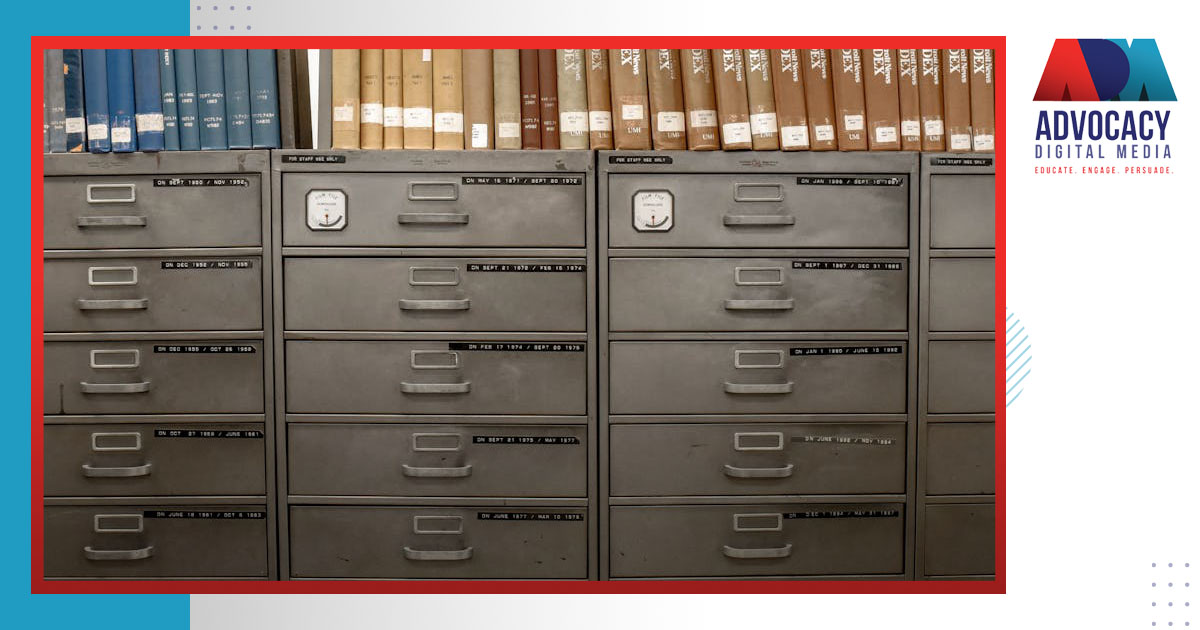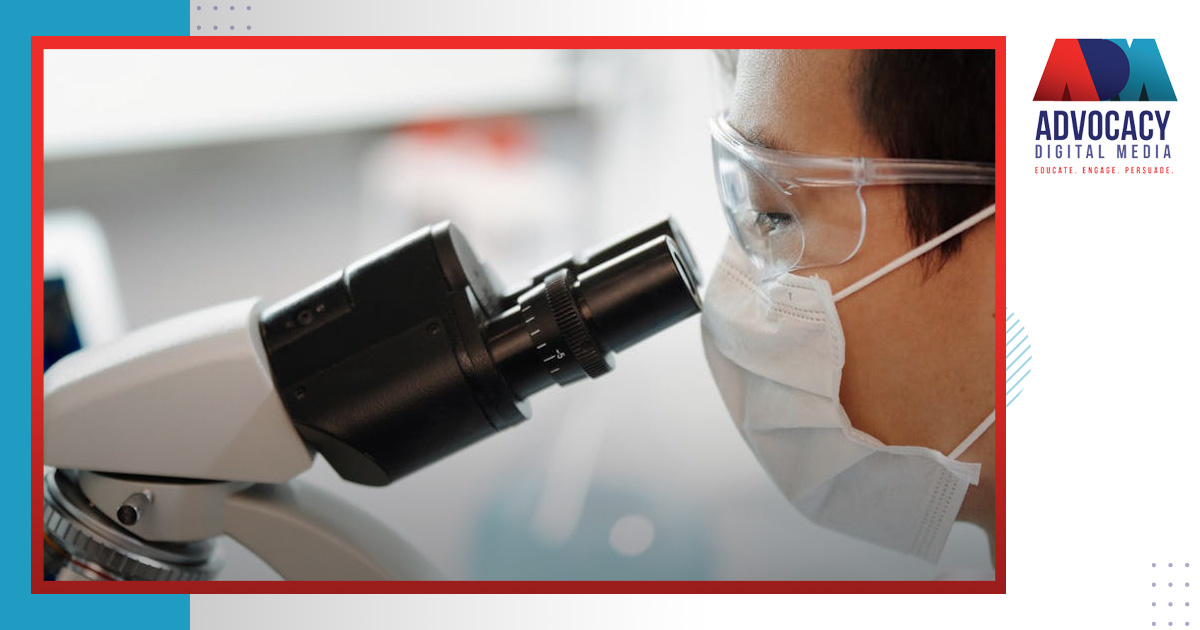What Types of Analysis Goes Into Making a Trial Animation?
Trial animation requires a balance of legal, factual, technical, and creative analysis.
These animations must be accurate, persuasive, and admissible. Plus, you want to make sure it withstands scrutiny from opposing counsel.
All projects need to be thoroughly vetted and analyzed. What type of analysis goes into making a trial animation? Let’s look at these steps.
Legal Analysis
Any type of courtroom animation must align with legal requirements and the case strategy. Before creating an animation, this visual tool must comply with courtroom rules of evidence.
That means it must be relevant, non-prejudicial, and not misleading under Federal Rule of Evidence 403. Any animation must represent facts and avoid exaggeration or speculative content that opposing counsel could challenge.
However, legal analysis does not stop there. The animation should support the overall narrative of the case. Any type of aid must reinforce key arguments and align with the case’s legal theory.
A trial animation must be rooted in the facts of the case. That means evidence is reviewed to ensure the animation accurately reflects the facts. Police reports, medical records, depositions, expert opinions, and any other documentation that establishes the events will need to be cross-analyzed.
In many cases, witness and expert testimony are the basis for animations. For example, in an accident reconstruction animation, expert opinion is used to establish a collision’s speed, trajectory, and mechanics. Animators work with these experts to ensure the visuals match their findings.
Technical Analysis
Since these animations break down complicated technical terms, an analysis is needed to ensure accuracy and reliability. Technical data must be interpreted correctly for projects involving scientific or engineering principles, such as accident reconstructions or medical depictions.
With that in mind, creators need to analyze vehicle dynamics, structural blueprints, or medical imaging to create a realistic and scientifically valid representation.
The animators must analyze and replicate accurate physics if there is any movement from vehicles, people, or machinery. Scale and proportion are also vital, especially for 3D renderings. Maintaining realism and credibility are important for these courtroom depictions.
Creative Analysis
Trial animation needs to engage and persuade the audience. If it doesn’t, then it is not an effective trial tool. The creative analysis focuses on how best to communicate the information in a visual format.
It is the animator’s job to analyze how to present information in a clear and visually appealing manner. They need to choose appropriate colors, fonts, and layouts to provide a professional presentation. It is important to avoid unnecessary distractions that could affect the jury. Simplicity ensures jurors can quickly understand the animation.
Storyboarding is a major part of the creative process. Creating a visual outline of the animation allows the legal team to review and approve the flow, pacing, and emphasis of key points before production begins.
While animations should never be overly dramatic, they are still used to create an emotional response. Animators need to know how to make this balance between facts and emotions. In these cases, a medical malpractice animation might emphasize the plaintiff’s suffering, while an accident reconstruction might highlight the defendant’s negligence.
Final Analysis
After all the weeks and months are put into the project, there is a final animation analysis. When you need to rely on them in the courtroom, you want to make sure that they work without any issues. During this final stage, the team will:
- Verify the compatibility with courtroom equipment
- Test playback
- Ensuring the animation is accessible on multiple devices
All of these steps are vital to the process. For that reason, you will want to work with an experienced team to design, analyze, and deliver your trial animations. With help from a skilled courtroom visual creation group, you can make sure that your project passes all of these tests.
When done correctly, trial animations are invaluable tools for simplifying concepts, engaging jurors, and strengthening the overall impact of a case.
However, you should not leave the job to just another company. At Advocacy Digital Media, we are ready to help with any illustration, interactive presentation, or animation for your case. Reach out to us today.







